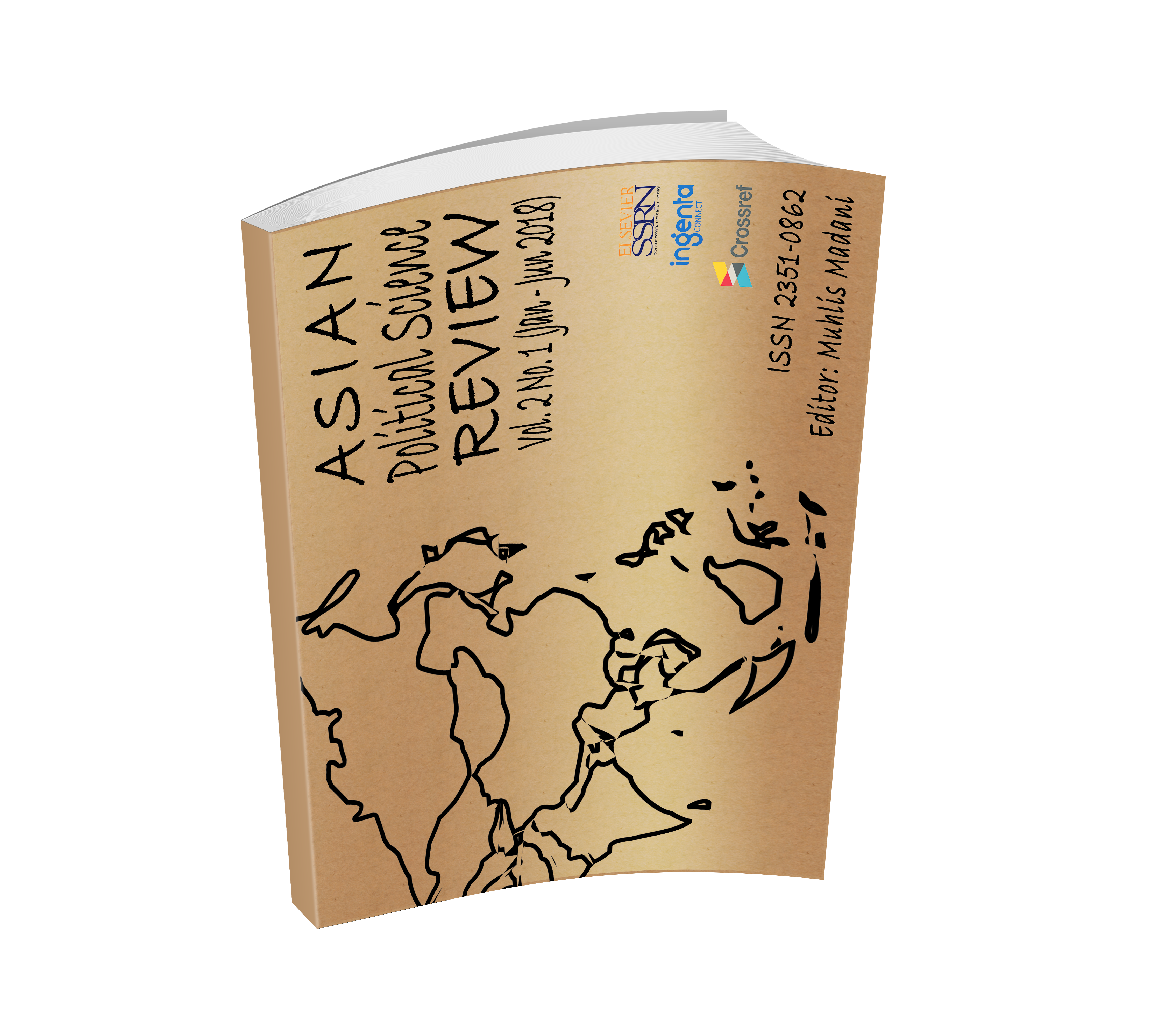Human Rights Issue in Disaster Management: Lesson from Gorkha Earthquake 2015
Keywords:
Capacity of Nation, Disaster Management, Human Rights, Victims, Gorkha Earthquake 2015Abstract
There are various international and national human rights provisions with inalienable character, in spite of such provisions human rights violation cases have been reported. There are another variables playing behind the scene. This research paper aims to (1) define the relationship between human rights and disaster management, (2) state the human rights issue in disaster time, and (3) identify the causes of violations of human rights during disaster and (4) establish the relationship between violation variables. This paper is based on analysis of qualitative data collected through observation and field visit during mega Gorkha earthquake of 2015. It further cites significant writings, reports, and literatures. The results show that (1)Human Rights protection during disaster is dependent on Capacity of the Nation, Awareness level of Citizens, Negligence of Responder and Mal Intention of Victims. (2) The Capacity of the Country and Awareness level of the Citizens increase the pace of human rights protection, whereas negligence of responders and mal intention of the victim itself lead to the violation of human rights. (3) Government and citizen both must play significant role to respect, protect and promote human rights of citizens. The human right violation during disaster is extreme violation of right to life of the citizens. Human rights violation cannot be mitigated only by ratifying the law, but it needs improved capacity, awareness, lack of negligence and positive intention of victims. To get sustainable human rights development index these issues measure above mentioned issued.
Downloads












.png)


